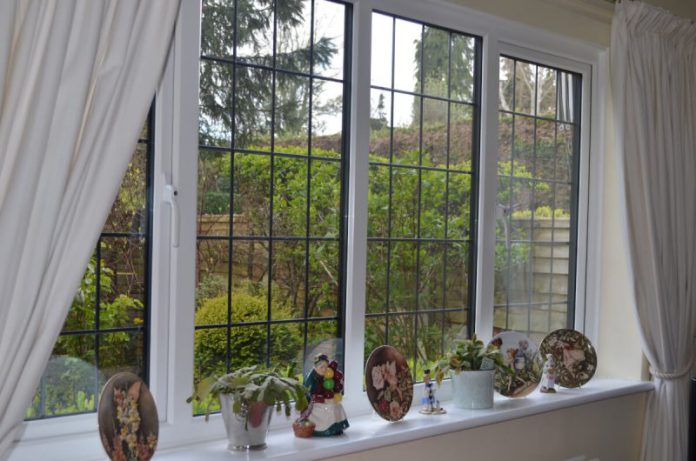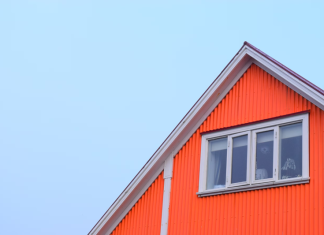Do you own a Grade 2 listed property or conservation area home with original wooden windows? If so, then you know that there are specific requirements when it comes to renovating and replacing windows and doors in these types of homes.
And if your sash or casement windows are rotten or single-glazed, you’ll want to find a glazing solution that is sympathetic to the character and can be fitted to existing frames. Heritage thin-double glazing is an excellent choice for period wooden windows.
Making your home more energy-efficient is a great way to save money on your bills, and there are plenty of different measures you can take to achieve this. Heritage double glazing is specially designed for historic windows, and it can help to protect your property’s original features while also improving its thermal efficiency.
So if you’re looking for a cost-effective way to make your home more energy-efficient, then heritage double glazing could be the perfect solution for your period property.
The efficiency problem of windows in historic buildings
While windows are a necessary part of any building, they can also be a major source of heat loss. In fact, according to the Department of Energy, windows are responsible for 25-30% of all residential heating and cooling costs.
One of the biggest problems facing historic buildings is the efficiency of their windows. Single-pane windows are notoriously drafty, and even windows with secondary glazing can be less energy-efficient than modern windows with vacuum glazing.
As a result, historic buildings often have high heating and cooling costs.
Replacing the windows in a historic building is often expensive and requires special permission from a conservation officer. However, there are some steps that can be taken to improve the efficiency of existing windows.
For example, weatherstripping and draught-proofing can help to seal out drafts, but to get a more sufficient energy-saving effect, more energy-efficient glass is key.
Heritage double glazing solution
Heritage double glazing is a type of glazing solution that is specifically designed for historic windows. It is a dual-glazed system that features two panes of glass separated by an air gap filled with Argon, Krypton or vacuum-sealed, and it is typically used to improve the energy efficiency of older windows.
It is thin double glazing that fits narrow historic window sashes. In addition to thermal efficiency benefits, it also has some noise reduction properties.
Thin-profile Heritage double gazing options
There are different options of heritage double glazing available on the UK market; Vacuum Insulated Glass, slim double-glazed units with super spacer and insulated with inert gasses. Both options have reduced sightlines and cavities.
Slim double-glazed units insulated with vacuum have U-values from 0.5-07 W/(m^2K) while those insulated with inert gas have U-values from 1.2 to 1.6 W/(m^2K)
Does slimline double glazing work?
The efficiency of slimline double glazing depends on the type of glass. The vacuum-sealed units are extremely effective in improving energy efficiency. If you are considering using this type of glazing, make sure that the company you use is a member of the Glass and Glazing Federation (GGF) to ensure a high-quality product.
Heritage thin-double glazing is an effective sound insulation solution for period wooden windows. It can help to protect your property’s original features while also reducing noise from the street or other parts of the house.
The sound insulation properties of heritage double glazing vary depending on the type of glass used. Heritage double glazing reduced noise by up to 50% when using acoustic laminated glass.
Planning consent for reglazing heritage windows with double glazing
If your home is listed or in a conservation area, you will need to apply for planning permission before you can install heritage double glazing.
Do windows look the same with double-glazed units?
The great thing about heritage double glazing is that it doesn’t change the look of your windows; in fact, it can often improve the appearance of your property. The discreet, thin-profile units will sit flush with your window frames and won’t alter the character or style of your period home.
To find out more about whether heritage double glazing is the right solution for your property, contact a local sash window specialist.
How do I know if my double glazing has failed?
If your double glazing has failed, you may notice condensation or misting between the panes of glass. This is caused by a failure in the seals that keep the argon gas inside the unit, and it can be fixed by replacing the failed seals.
In the case of vacuum glazing, if it fails, the micro spacer will drop.
Conclusion
Heritage double glazing is a great way to improve the energy efficiency of your historic windows without compromising the look of your property.
If you live in a listed building or conservation area, make sure you get planning permission before you install heritage double glazing. And if you’re not sure whether heritage double glazing is right for you, contact a local window restoration company.

















